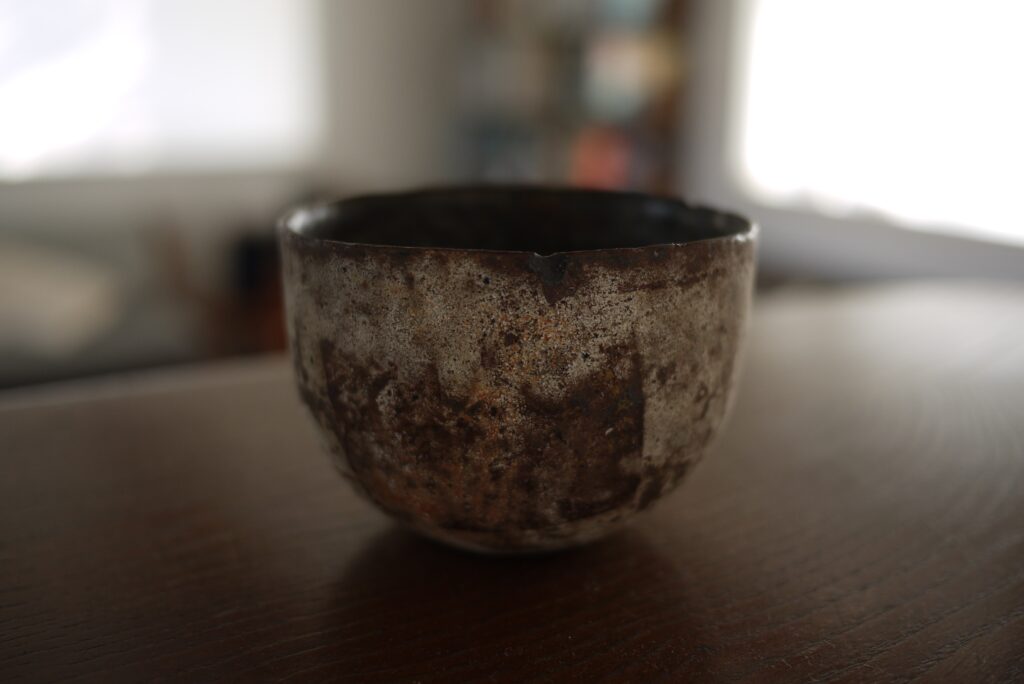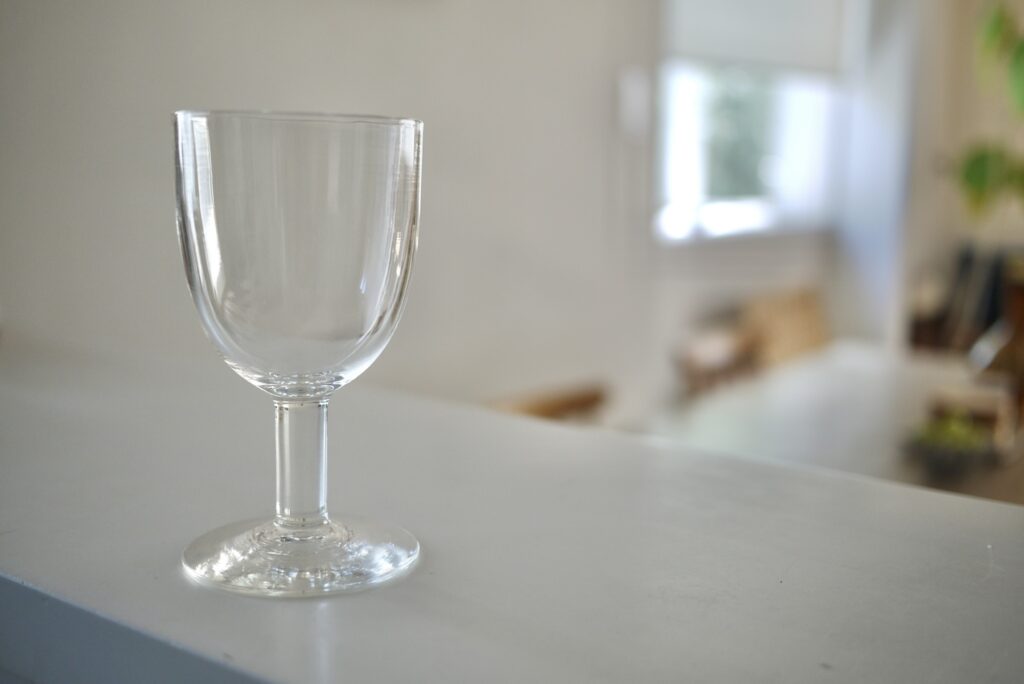
book review 6
Anthology Shokki (Vessels) /The best essay of Japan vol. 71 1997 Sakuhinsha
An anthology of essays on the theme of “tableware” by 37 Japanese authors.They include Muneyoshi Yanagi, Kaichi Tsuji, Aya Koda, Tomiko Miyao, Sadako Sawamura, Masako Shirasu, Minoru Betsuyaku, Nanami Shiono, Atsuko Suga, Yoshiko Ishii, Ayumi Ohashi, Tetsuko Kuroyanagi etc. In a text by Aito Ota (pastor and essayist), he states that people’s deep attachment to tableware come from the fact that it is made of clay. He goes on to say that although clay tableware is fragile and easily broken, there are some tableware that do not make us aware of such weakness, which is also true of human beings, and in that sense, tableware is the most human tool of all. I often wonder why I like utsuwa so much, but it makes sense when I hear that it is because it is a human tool. To me, utsuwa may be more than just a tool. I came to think of Tomoo Shoken, the owner of a gallery “Utsuwa Shoken” has been saying the same thing.
“Humans have long used fragile earthenware and have not replaced them even when stronger materials have appeared one after another, perhaps because they know the dignity of tableware more than they know the meaning of fragility.”
|
『食器|日本の名随筆 別巻71』1997 作品社
日本の作家37人が書いた「食器」がテーマの文章のアンソロジー。柳宗悦、辻嘉一、幸田文、宮尾登美子、沢村貞子、白洲正子、別役実、塩野七生、須賀敦子、石井好子、大橋歩、黒柳徹子などの文章がずらり並んで面白い。食器を語るとき、人はいろいろ見せてしまうのだな。
学びがあったのは、太田愛人(牧師・随筆家)の論考。人の食器への愛着はそれが土であることに起因するという。続けて、土の食器は脆く壊れやすいが、そうした弱さに気づかせない食器も存在することは、人間にも当てはまり、その意味で食器は最も人間的な用具であるという。なぜこれほどうつわが好きなのかとよく考えるが、そもそも人間的な道具だからなのだと言われれば、妙に腑に落ちる。それは無意識の意識のようなもので、私にとって、うつわは単なるものではないのかもしれない。そういえば、ギャラリー「うつわ祥見」の祥見知生さんは、以前から「うつわは、ものではない」とおっしゃっていた気がする。
(本書より)
ー人類が昔からこわれ易い土の器を食器に採用し、強い素材が次々に現れてもかえないのは脆さのもつ意味を知っていること以上に食器のもつ尊厳さを知るためであろう。



